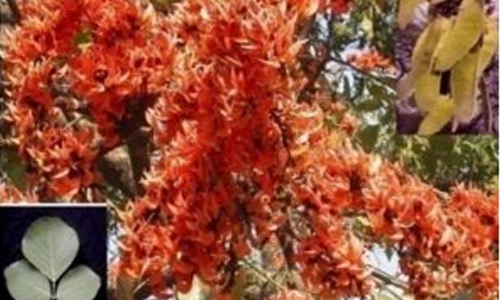We value your privacy
We use cookies to enhance your browsing experience, serve personalized ads or content, and analyze our traffic. By clicking "Accept All", you consent to our use of cookies.
We use cookies to help you navigate efficiently and perform certain functions. You will find detailed information about all cookies under each consent category below.
The cookies that are categorized as "Necessary" are stored on your browser as they are essential for enabling the basic functionalities of the site. ...
Necessary cookies are required to enable the basic features of this site, such as providing secure log-in or adjusting your consent preferences. These cookies do not store any personally identifiable data.
No cookies to display.
Functional cookies help perform certain functionalities like sharing the content of the website on social media platforms, collecting feedback, and other third-party features.
No cookies to display.
Analytical cookies are used to understand how visitors interact with the website. These cookies help provide information on metrics such as the number of visitors, bounce rate, traffic source, etc.
No cookies to display.
Performance cookies are used to understand and analyze the key performance indexes of the website which helps in delivering a better user experience for the visitors.
No cookies to display.
Advertisement cookies are used to provide visitors with customized advertisements based on the pages you visited previously and to analyze the effectiveness of the ad campaigns.
No cookies to display.
|
Division
|
Angiosperms |
|
Class
|
Dicotledons |
|
Subclass |
Polypetalae |
|
Series |
Calyciflorae |
|
Order |
Rosales |
|
Family
|
Fabaceae |
|
Genus
|
Butea |
|
Species
|
monosperma |

|
Etymology: |
In honour of John Stuart, Earl of Bute (1713-1792), a patron of botany. Prime Minister of England (1762-1763). |
|
Botanical name
|
Butea monosperma (Lamk.) Taub. (B. frondosa Roxb.) |
|
Local/Trade names:
|
Flame of the Forest, Dhak, Palas |
|
Conservation status:
|
Commonly found wild. Also planted in gardens. |
|
Digonestic features:
|
Leaves trifoliate; flowers bright orange – red. |
|
Description: |
An erect, deciduous tree. Bark ash-coloured and rough. Leaves 3-foliate;
leaflets 6-18 x 10-16 cm, finely silky below when young, turning glabrous with age; lateral leaflets are broader, more rounded. Flowers large, orange- red. Pod one seeded, 10-15 x 4-6 cm, pale-green or yellowish-brown. |
|
Phenology: |
Fls.: & Frts.: March-June. |
|
Distribution:
|
Throughout the India. Sri Lanka and Myanmar, also eastward as far as Papua, New Guinea and China. |
|
Where to see it: |
Leaves much used throughout the country for making platters, cups, etc.;
dried leaves used as beedi wrappers. Young shoots yield a fibre used for ropes. Root-bark yields a coarse fibre used for cordage and caulking boats. Bark astringent used piles, tumours and menstrual disorders. Tree yields a gum called Butea gum or Bengal kino which is astringent and used in diarrhoea. Flowers yield a brilliant but very fugitive yellow colouring matter. When the seeds are pounded with lemon juice, they act as a powerful rubefacient and have been successfully used as a cure for a form of herpes called Dhobie’s itch. They yield a fatty oil (18%). Wood used mainly for well-curbs and water-scoops; also employed as a cheap broad wood and for structural work. Wood pulp is suitable for newsprint manufacture. |
|
Uses: |
Leaves supposed to be poisonous; poultice of leaves used to wounds and bruises. |
Chief Conservator of Forests & Chief Wildlife Warden is the Head of the Department. There is one post of Conservator of Forests & two posts of Deputy Conservator of Forests viz.